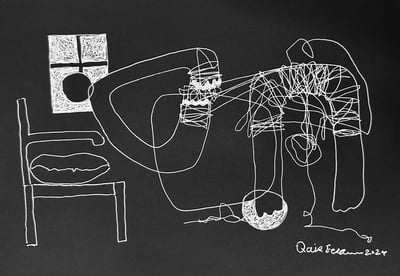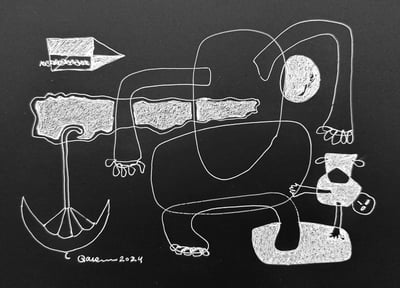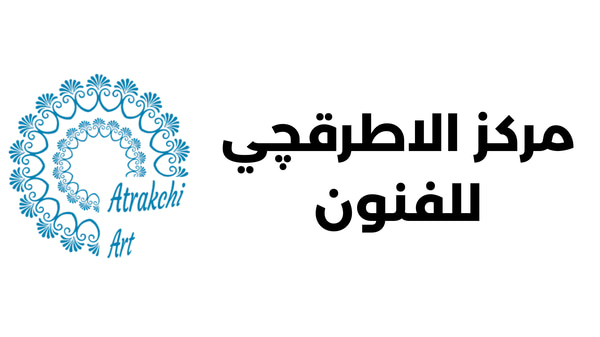We are pleased to invite you to attend the "Equestrianism of Colors" exhibition by the artist Hussein Hashem Date: 12-28-2024 (Saturday) Time: 5:00 PM Venue: Baghdad - Mansour - Al-Atraqchi Art Center
Art News
A question comes to the mind of any student of modern and contemporary works of art, which is (Why does the artist draw things that cannot be understood, or why does he not just draw things as they appear in reality?) This is due to the cognitive and aesthetic gap that arose due to poor taste, the lack of museums and galleries, and the weak passion for collecting works. Artistic. Compared to people's passion for food, clothing, and entertainment...
Answer: The artist often resorts to creating alternatives to realistic images to create a universe parallel to the natural universe, represented by artistic production. The artist's task is difficult (for example) to transform the body, bringing it to plastic dimensions that go beyond the realistic physical form. The artist turns it into an innovative, imaginative form, far from the relationships of reality.
This requires great effort and passionate thought to achieve mastery and capture the spirit of the form. The artist invokes the necessity of formation more than the laws of material reality. Formation is freer from natural restrictions, and the new forms appear as if they were virgin births created by the artist. Their value lies in their formative uniqueness and in their material media.
Then, the artist does not attach importance to the image of the real human body, but rather the necessities of composition remove all the visual constants of the human form, so the reference is to it, but not as it is in reality. Because what is required is the creation of a new imagination and image of the body, and emancipation from the aesthetics of the organic body as a copied state. The new imagination is like the sound of music, not similar or identical to the sounds of sensory reality. Likewise, the concept of the body in contemporary art is completely far from conformity and representation. The artist also wants to capture the soul of the body, not the body as a physical substance, but rather to shed light on the impact of events on that soul hidden in it.
Dr.. Qais Issa
Visual artist and critic from Iraq




Subscribe
Follow Us
Contact Us
+964 781 500 0777
Visit Us
Baghdad / Al-Mansour / next to Babylon Mall / Al-Atraqji Arts
@atrakchi_art
